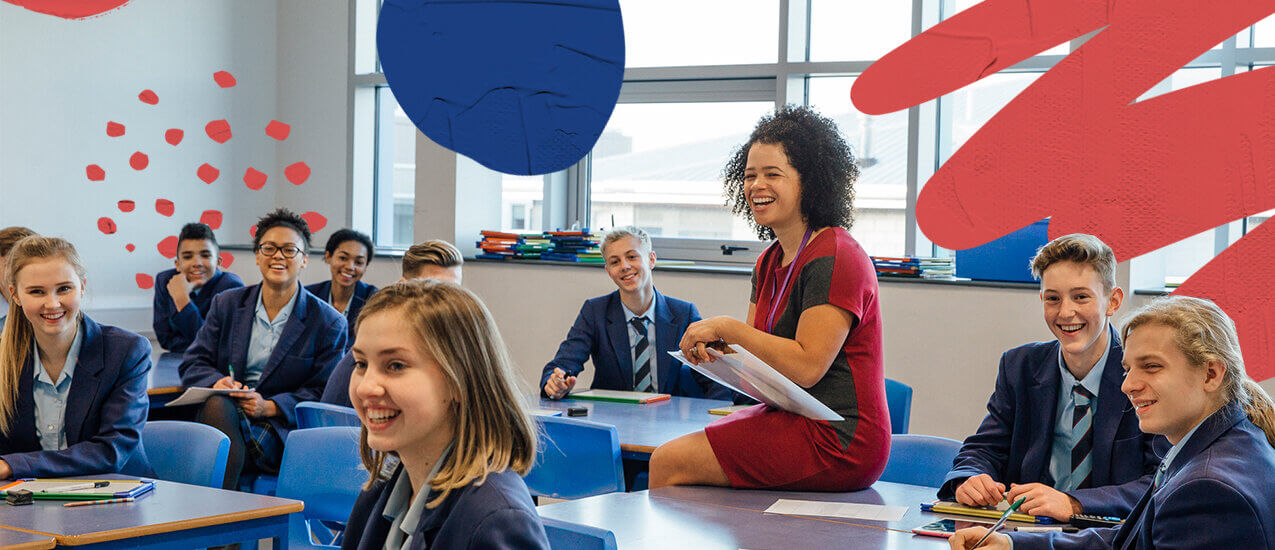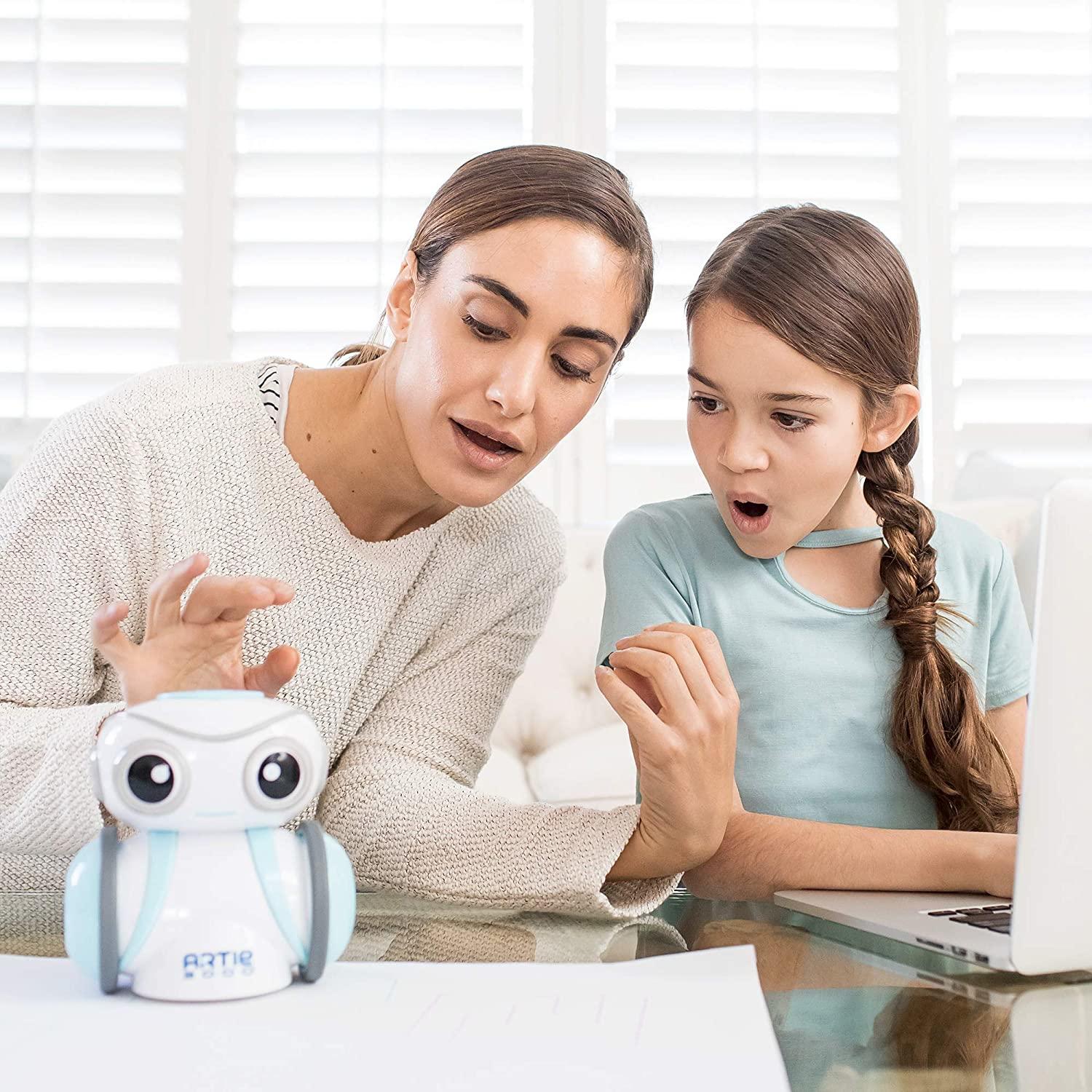Introduction
Remote teaching has become a crucial aspect of education, requiring educators to adapt their strategies to effectively engage students in virtual learning environments. In this article, we’ll explore essential strategies for educators to navigate remote teaching successfully and foster student learning and growth.
Creating a Structured Learning Environment
One of the key strategies for remote teaching is creating a structured learning environment that mirrors the traditional classroom setting as closely as possible. Establishing clear routines, schedules, and expectations helps provide students with a sense of stability and consistency in their remote learning experience. Additionally, organizing content in a logical and sequential manner helps students stay focused and navigate the online learning platform more effectively.
Leveraging Technology for Engagement
Technology plays a crucial role in remote teaching, offering a wide range of tools and resources to enhance student engagement and participation. Educators can leverage video conferencing platforms, interactive whiteboards, and educational apps to deliver dynamic and interactive lessons. Incorporating multimedia elements, such as videos, animations, and virtual field trips, helps capture students’ attention and bring learning to life in the virtual classroom.
Promoting Active Learning and Participation
Maintaining student engagement and participation is essential for effective remote teaching. Educators should incorporate opportunities for active learning, such as group discussions, collaborative projects, and interactive polls, into their lessons. Encouraging students to ask questions, share their thoughts, and contribute to class discussions fosters a sense of ownership over their learning and promotes deeper understanding of the material.
Providing Clear Communication and Feedback
Clear communication is crucial for successful remote teaching. Educators should provide clear instructions, explanations, and feedback to students, ensuring that they understand expectations and assignments. Offering timely feedback on assignments and assessments helps guide student progress and growth, highlighting strengths and areas for improvement. Additionally, maintaining open lines of communication through email, discussion forums, or virtual office hours allows students to reach out for support and assistance as needed.
Adapting Instruction to Meet Individual Needs
In the remote learning environment, it’s essential for educators to adapt their instruction to meet the individual needs and learning styles of students. Offering differentiated instruction, providing additional support or enrichment opportunities, and accommodating diverse learning preferences helps ensure that all students have the opportunity to succeed. Flexibility and personalized attention are key to meeting the diverse needs of students in the remote classroom.
Fostering a Sense of Community and Connection
Building a sense of community and connection is crucial for fostering a positive remote learning environment. Educators should make an effort to connect with students on a personal level, showing empathy, understanding, and support for their individual needs and circumstances. Creating opportunities for students to collaborate, share ideas, and work together fosters a sense of belonging and camaraderie in the virtual classroom.
Encouraging Self-Regulation and Accountability
In the remote learning environment, students must take greater responsibility for their own learning and time management. Educators can encourage self-regulation and accountability by providing guidance on goal setting, organization, and time management skills. Encouraging students to set realistic goals, track their progress, and take ownership of their learning helps foster independence and self-efficacy in the remote classroom.
Promoting Social and Emotional Well-Being
Supporting the social and emotional well-being of students is essential in the remote learning environment. Educators should be mindful of the challenges that students may face, such as feelings of isolation, anxiety, or stress, and provide support and resources to help them cope. Incorporating mindfulness exercises, self-care practices, and opportunities for social interaction helps promote resilience and well-being in the virtual classroom.
Embracing Continuous Improvement
Continuous improvement is key to successful remote teaching. Educators should regularly reflect on their teaching practices, gather feedback from students, and seek out professional development opportunities to enhance their skills and knowledge. Embracing innovation, experimentation, and collaboration allows educators to stay agile and responsive in the ever-evolving landscape of remote education, ensuring that they can effectively meet the needs of their students and maximize learning outcomes in the virtual classroom. Read more about tips for teaching remotely






